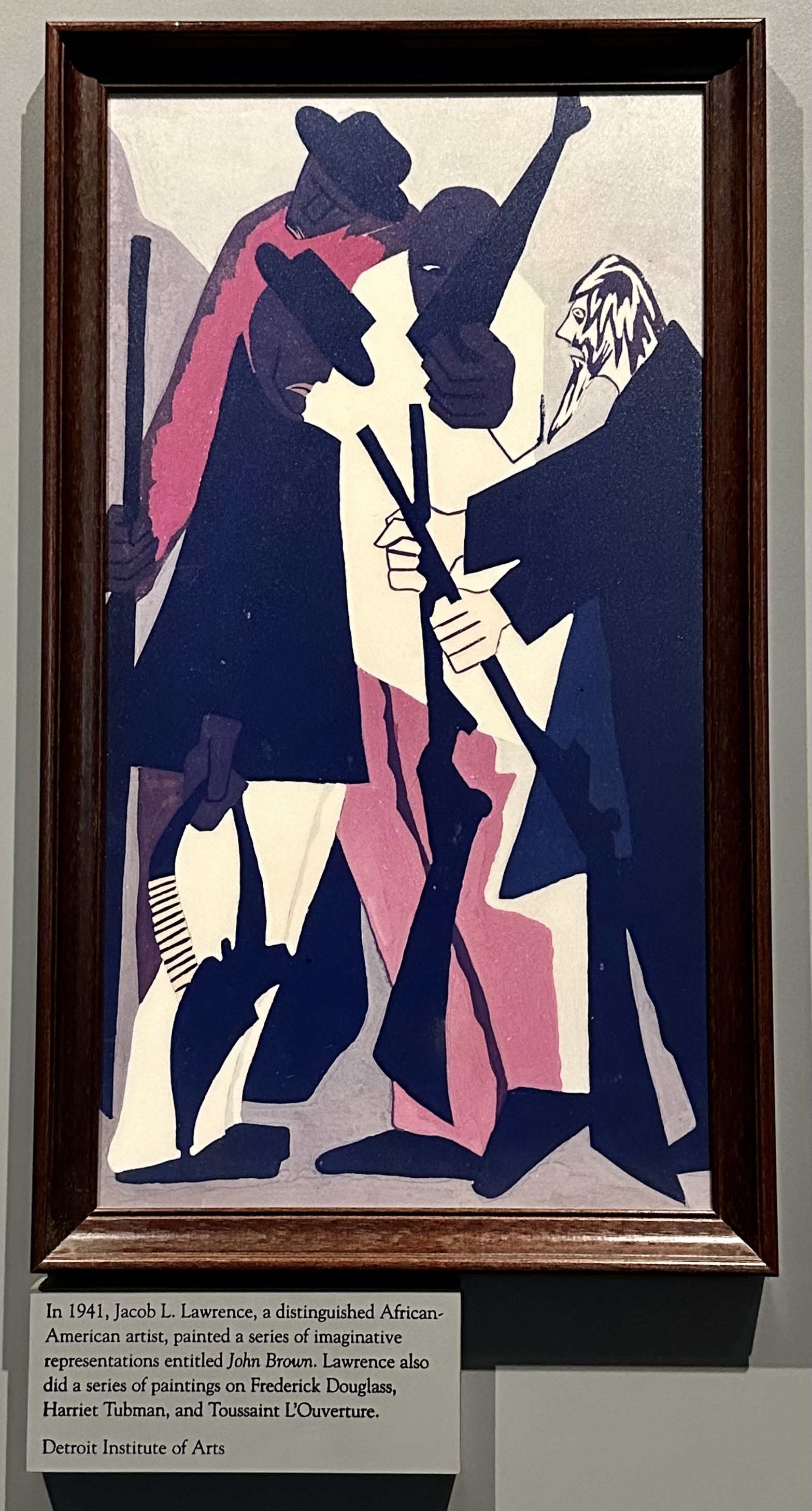Harpers Ferry NHP
The town of Harpers Ferry, West Virginia is famous for being the site of John Brown’s Raid. It’s also the midpoint of the Appalachian Trail, the world’s longest hiking-only footpath, stretching 2,200 miles from Maine to Georgia. I was curious to see Harpers Ferry National Historical Park, and happy to add West Virginia to the list of states that we’ve visited.
We parked our car at the Visitors Center and took a shuttle bus to Lower Town, also known as Historic Harpers Ferry. On the bus, an audio recording gave an overview of the history of the park. From the bus stop, we walked along Shenandoah Street through the historic town. The buildings looked just like the old photos of town taken during the 1800s.
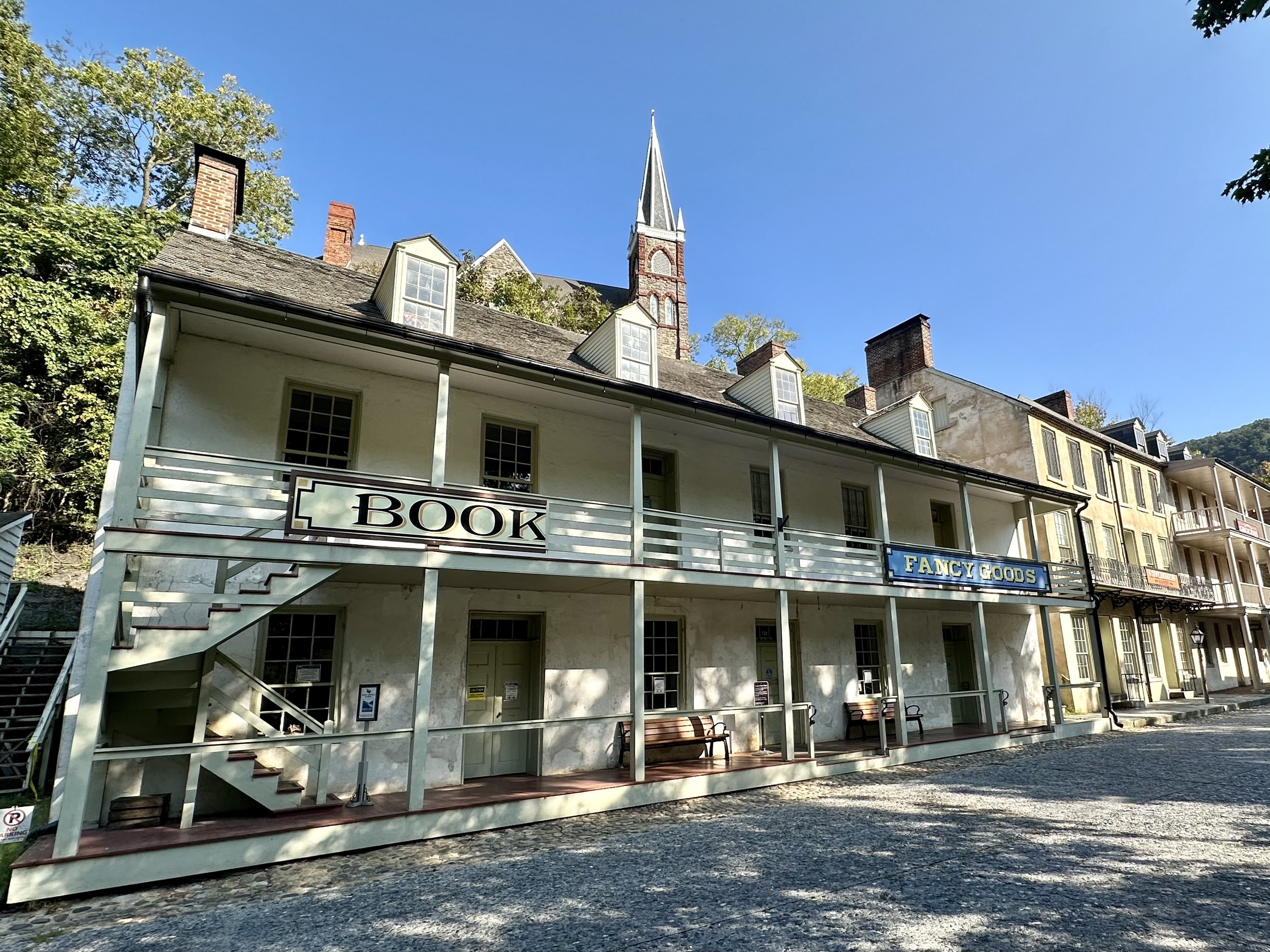
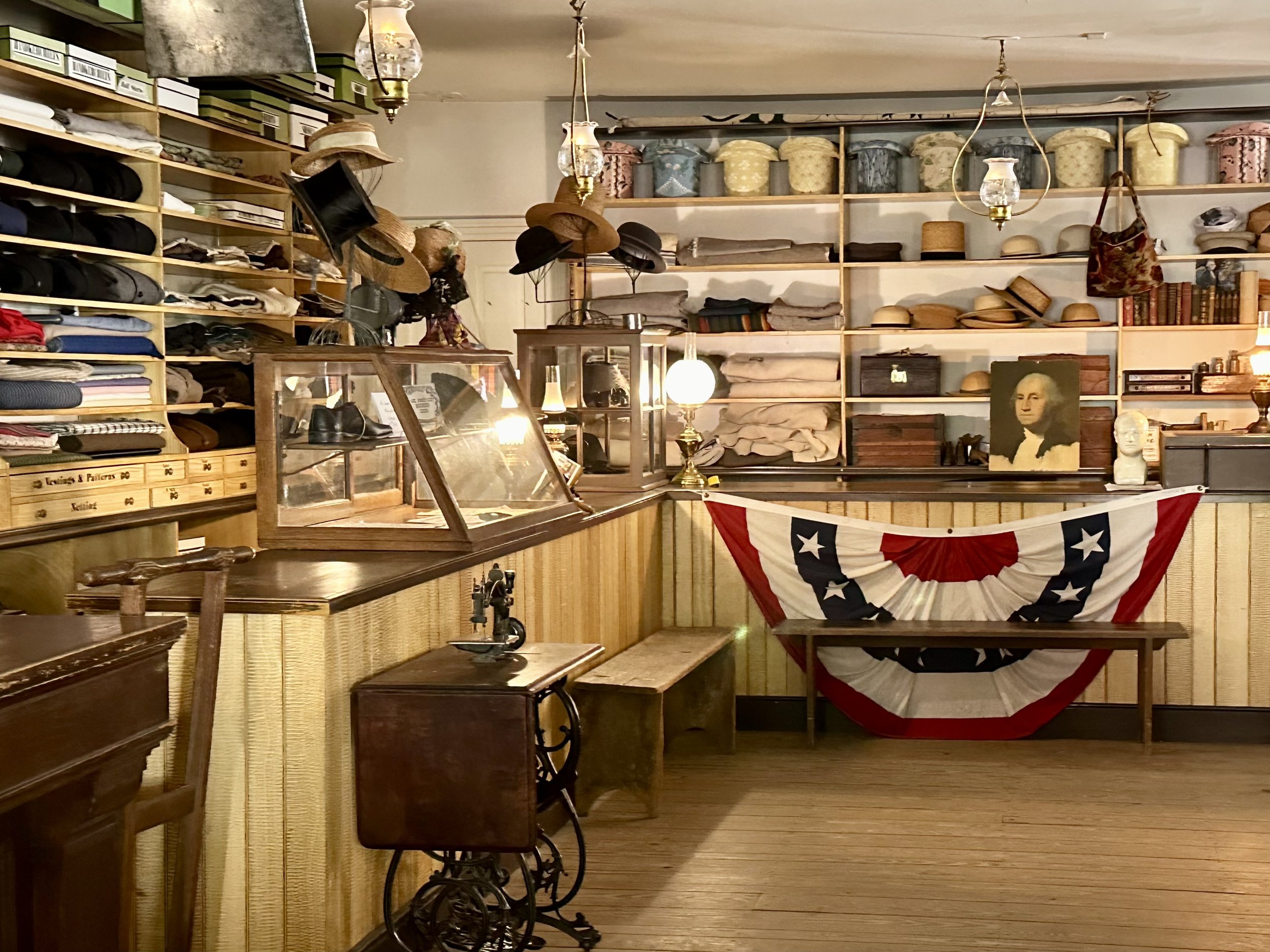
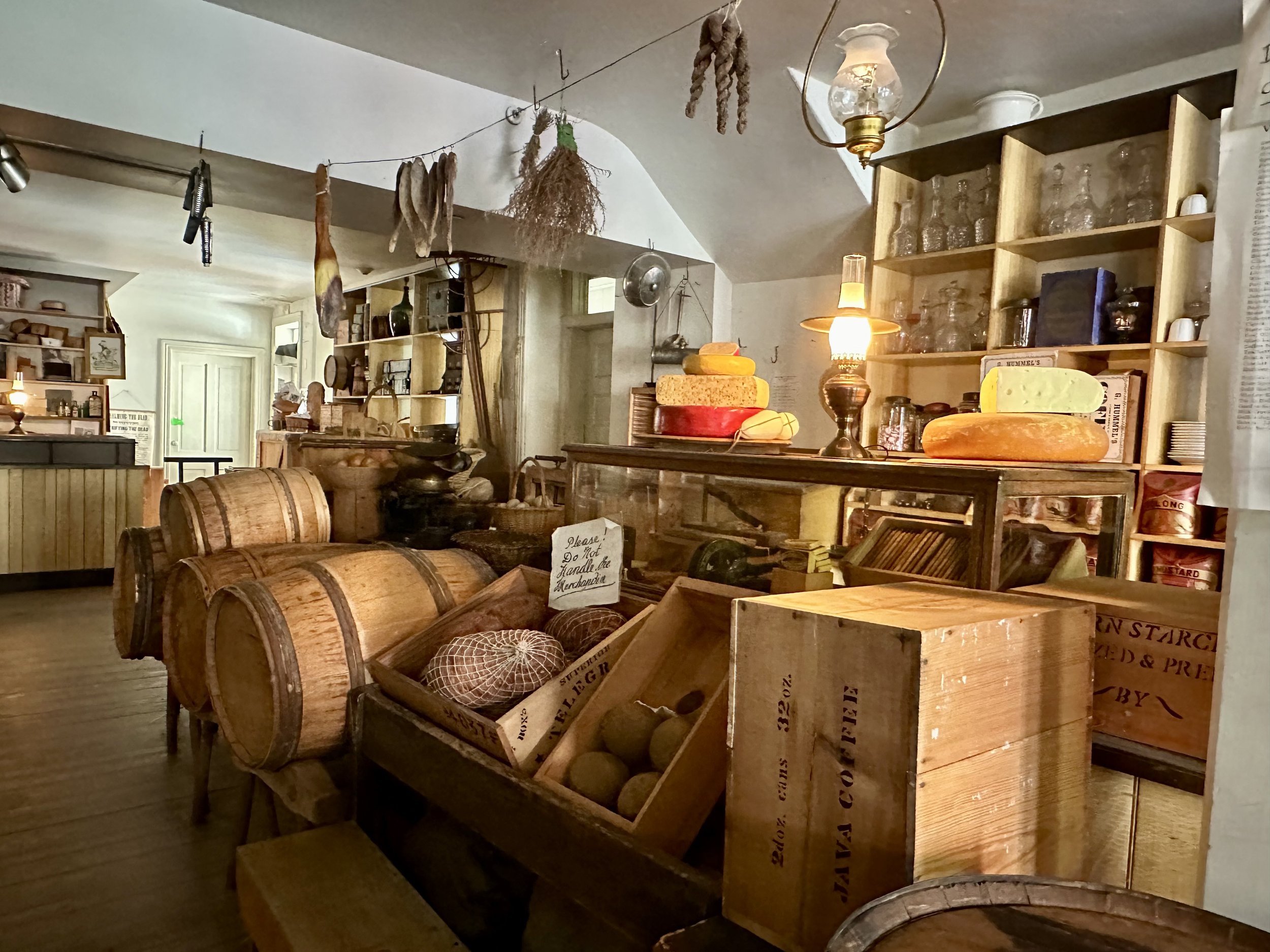
At the John Brown Museum, we learned about Brown and the events leading up to his infamous raid on the National Armory and Arsenal. We relived the events of that fateful day and Brown’s ensuing trial and execution. Across the street from the museum was John Brown’s Fort, a small and simple brick building with an interesting history. It was disassembled and rebuilt three times in three different places, including the Chicago World’s Fair in 1891, before arriving at its present location in Historic Harpers Ferry.
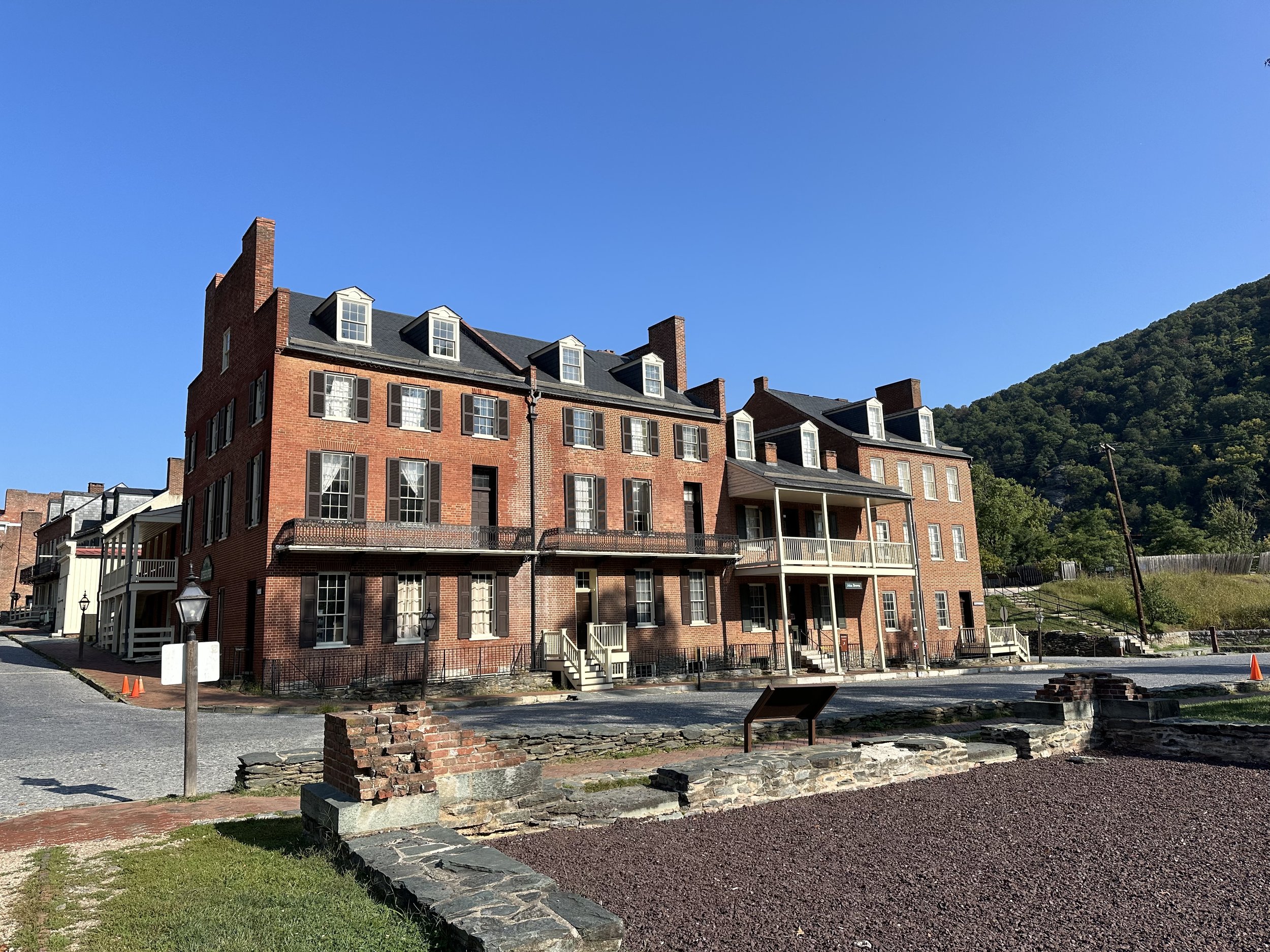
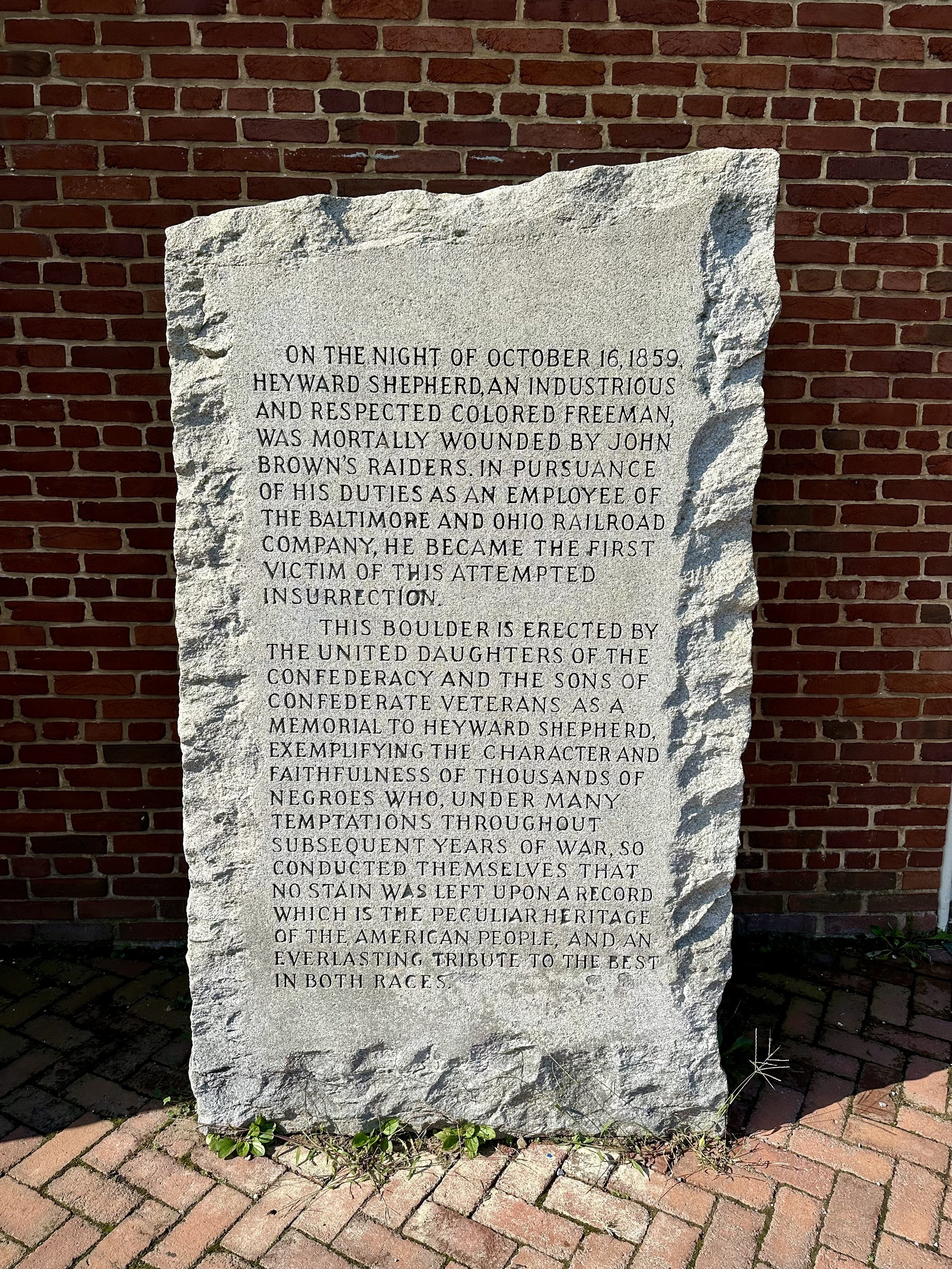
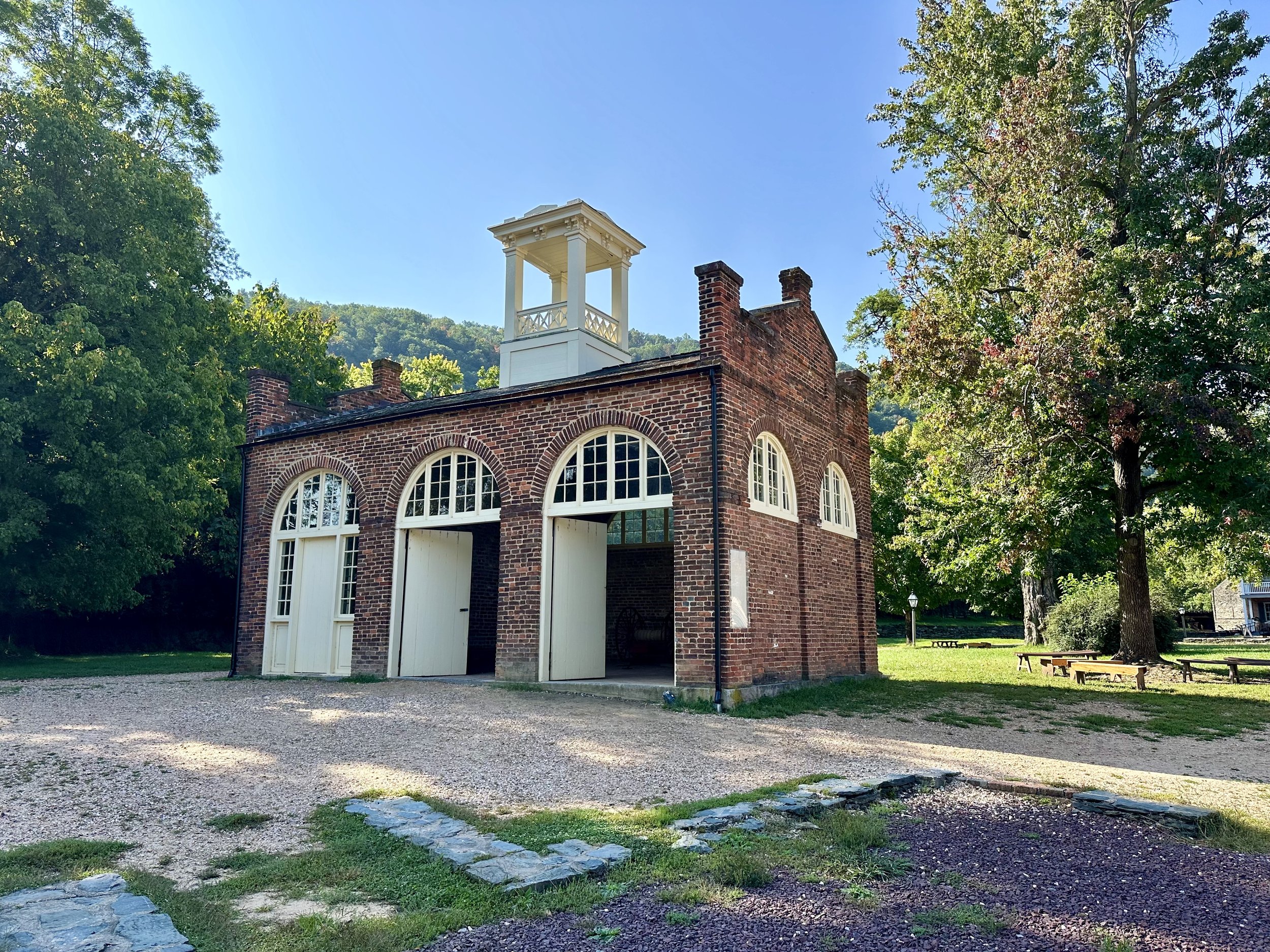
Near John Brown’s Fort was a railroad bridge with an attached footbridge. We walked across the Potomac River into the state of Virginia, and could see the confluence of the Potomac and Shenandoah Rivers.
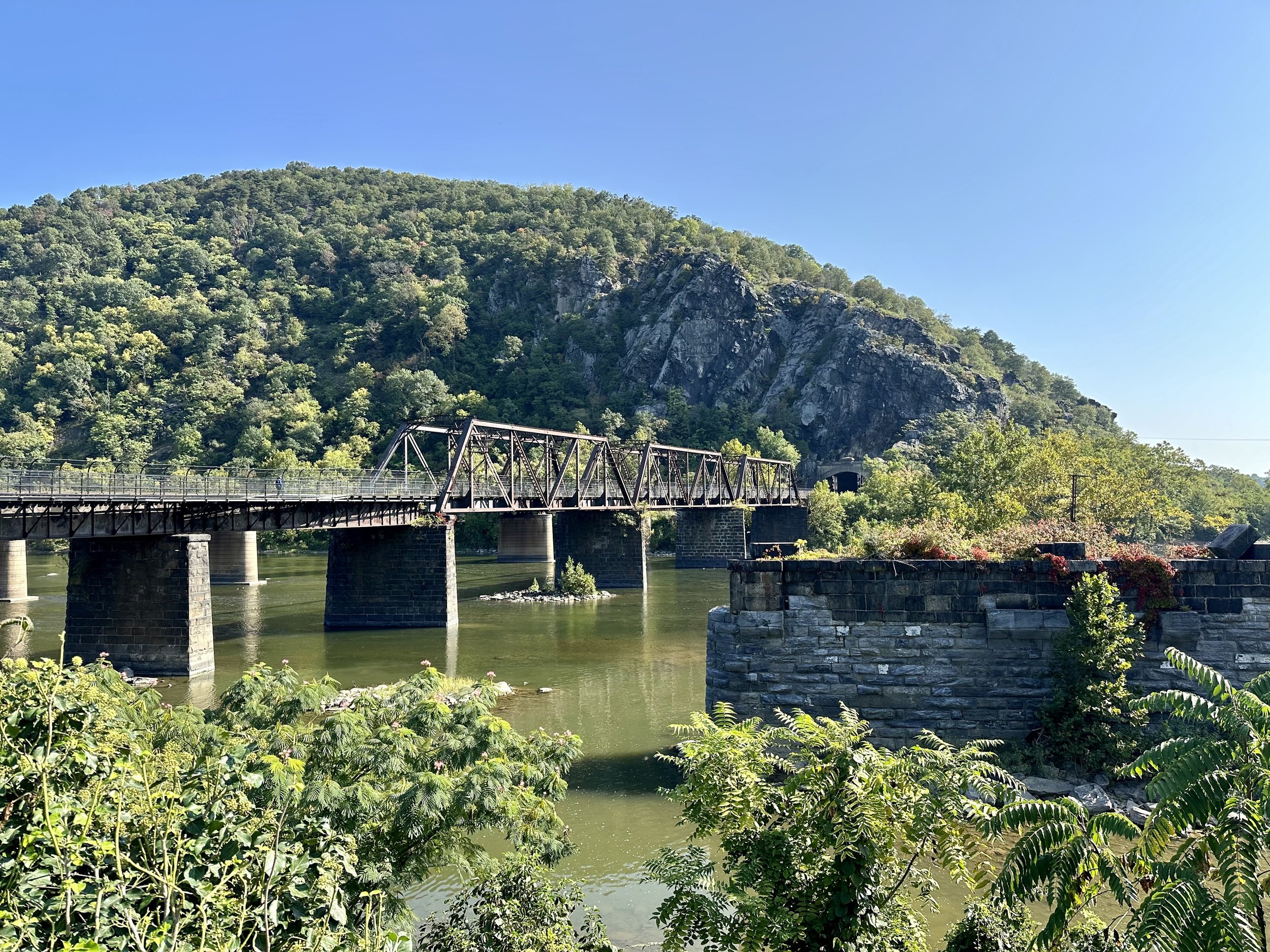
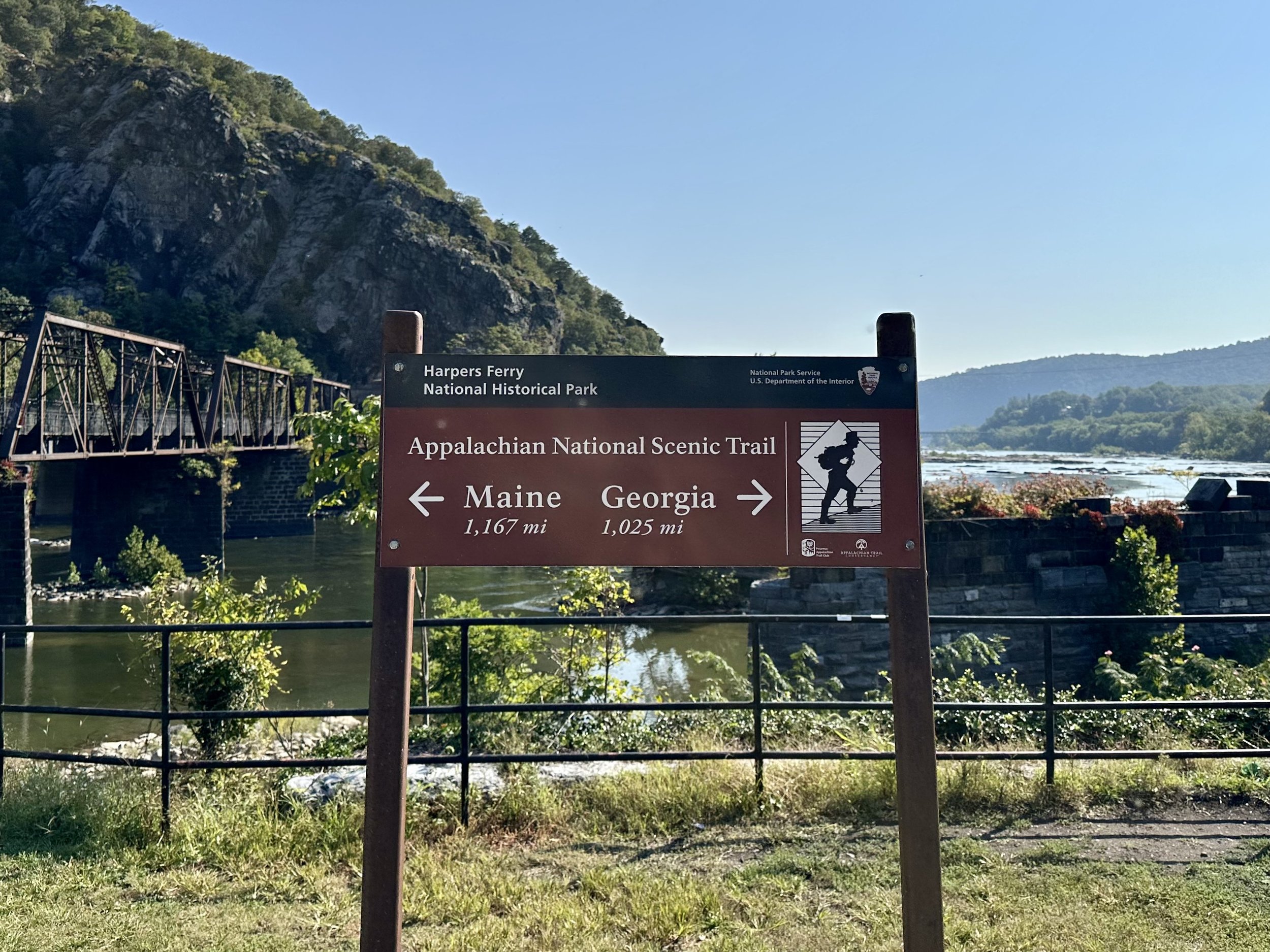
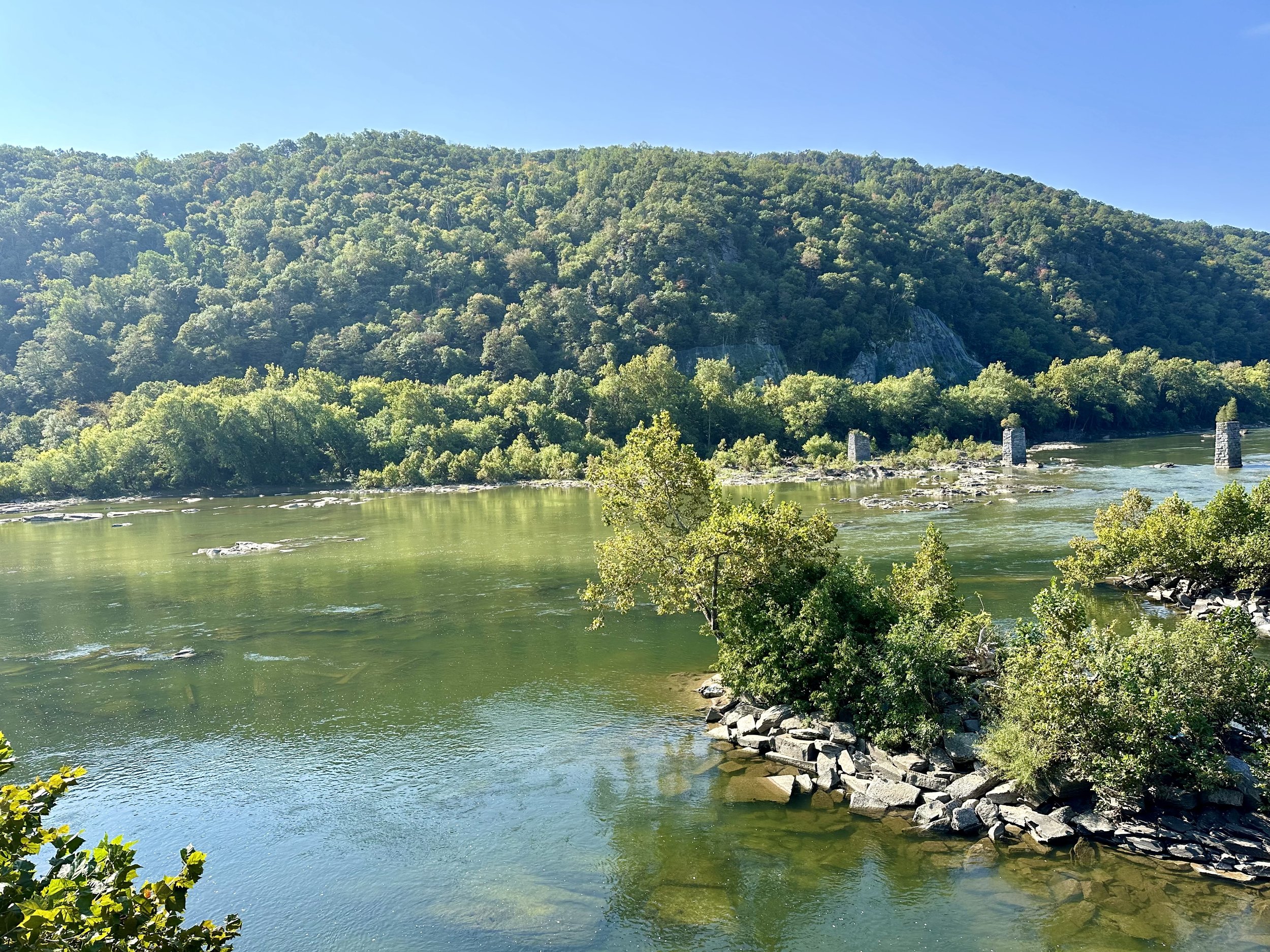
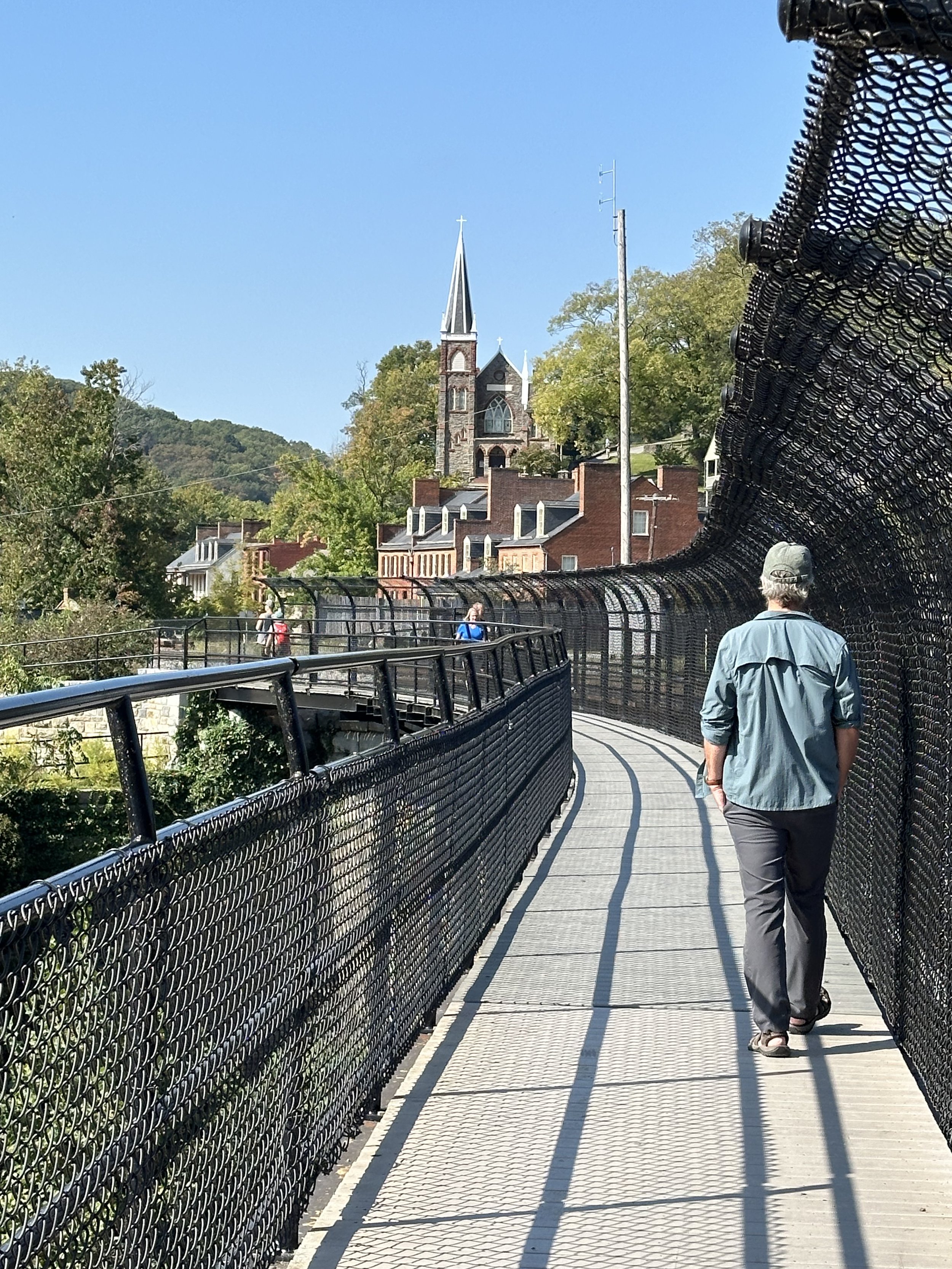
Back in Lower Town, we walked up steep steps past St. Peter’s Catholic Church to Jefferson Rock. Thomas Jefferson stood on this rock in 1783 and described it as “perhaps one of the most stupendous scenes in nature” and “worth a voyage across The Atlantic.” Then we climbed up further up the hill and walked through Harper Cemetery to the former campus of historic Storer College, a school for formerly enslaved men and women.
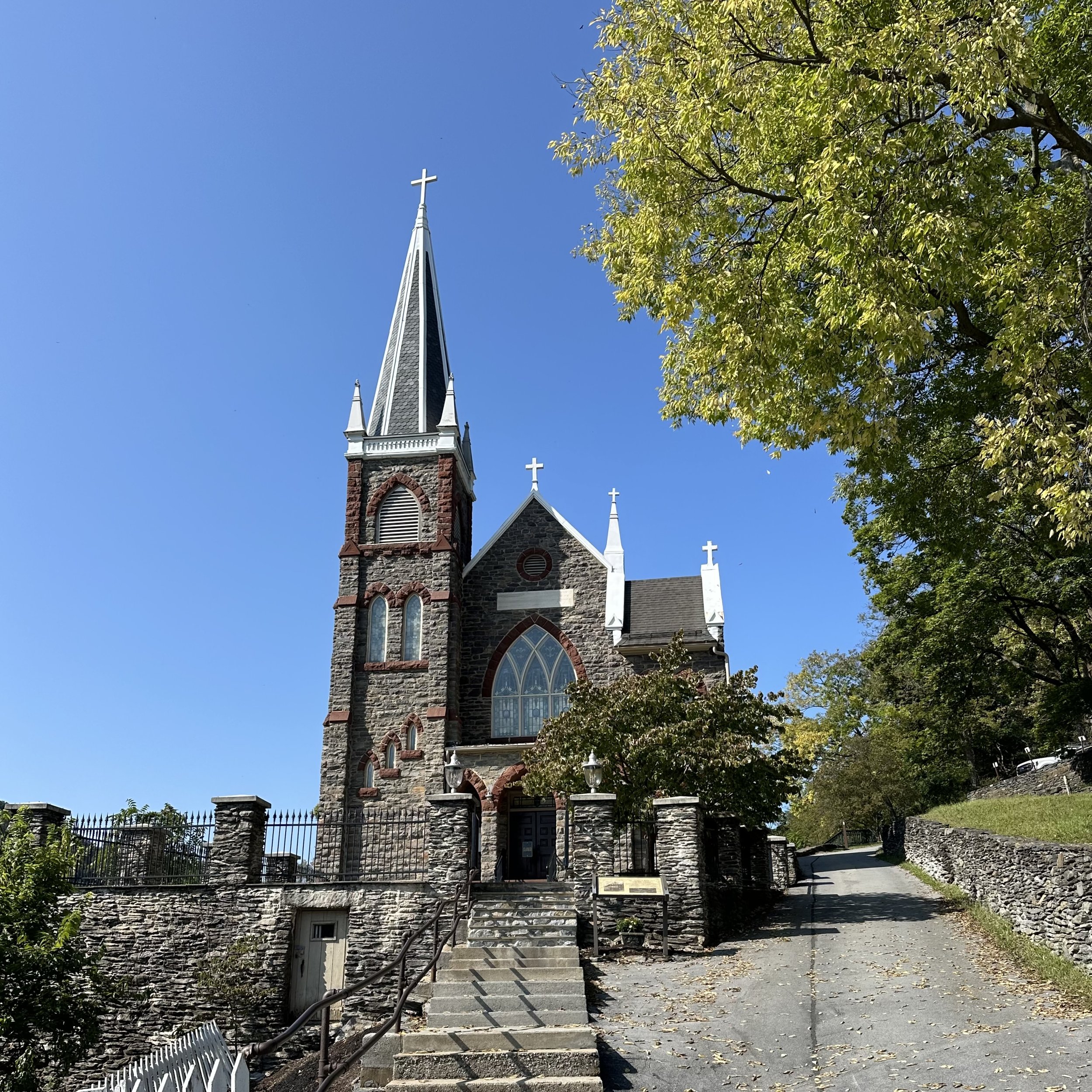
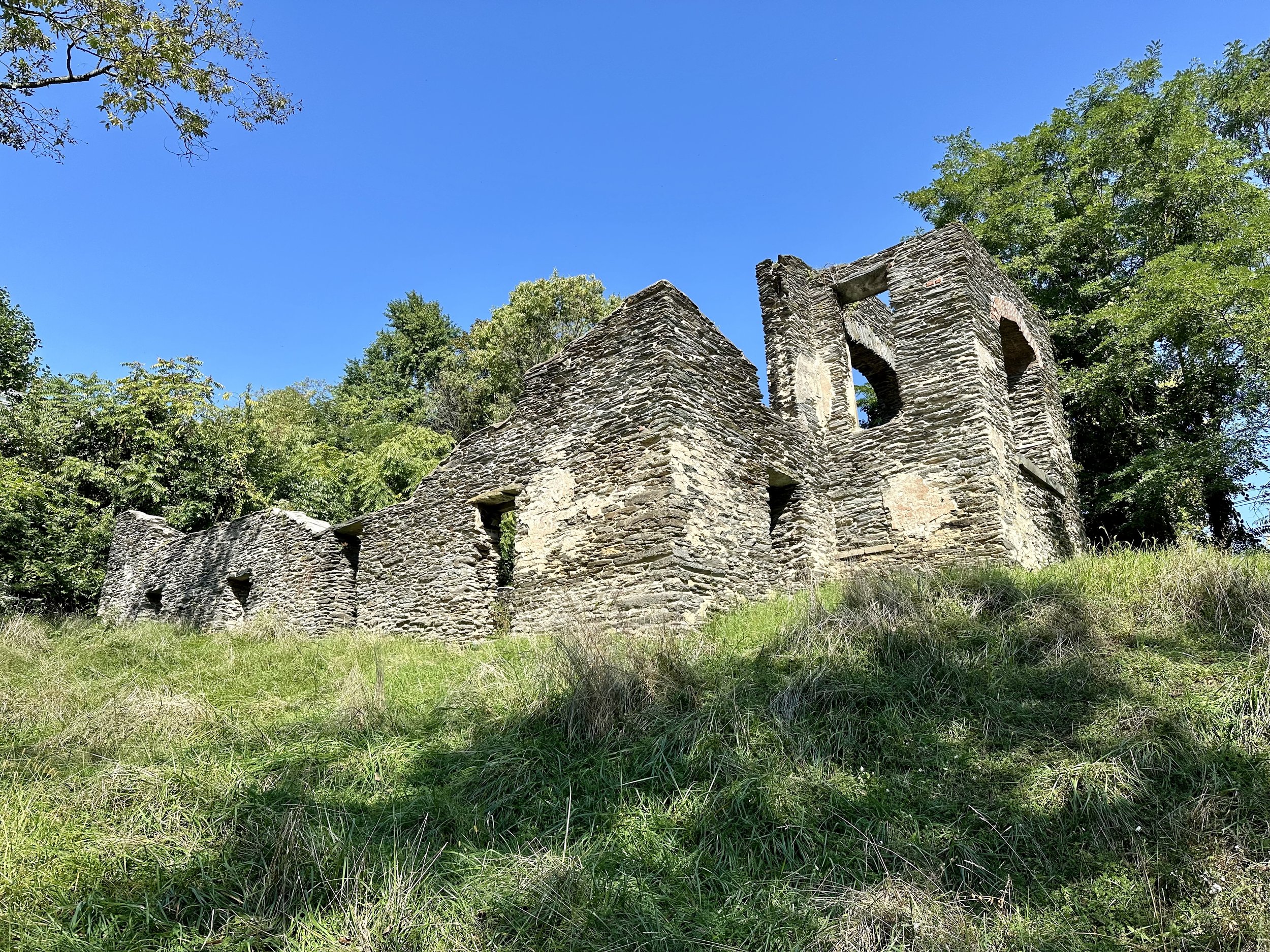
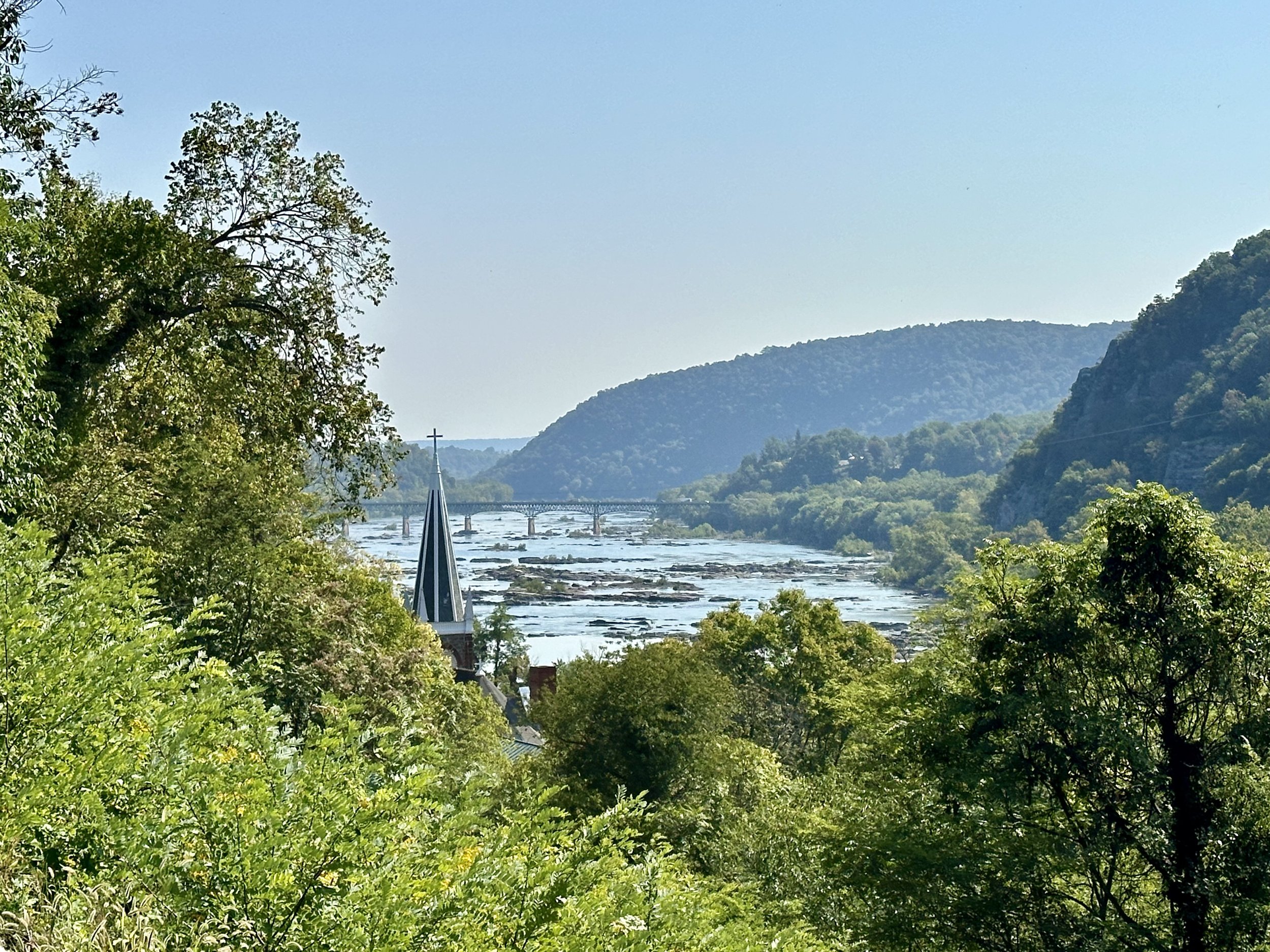

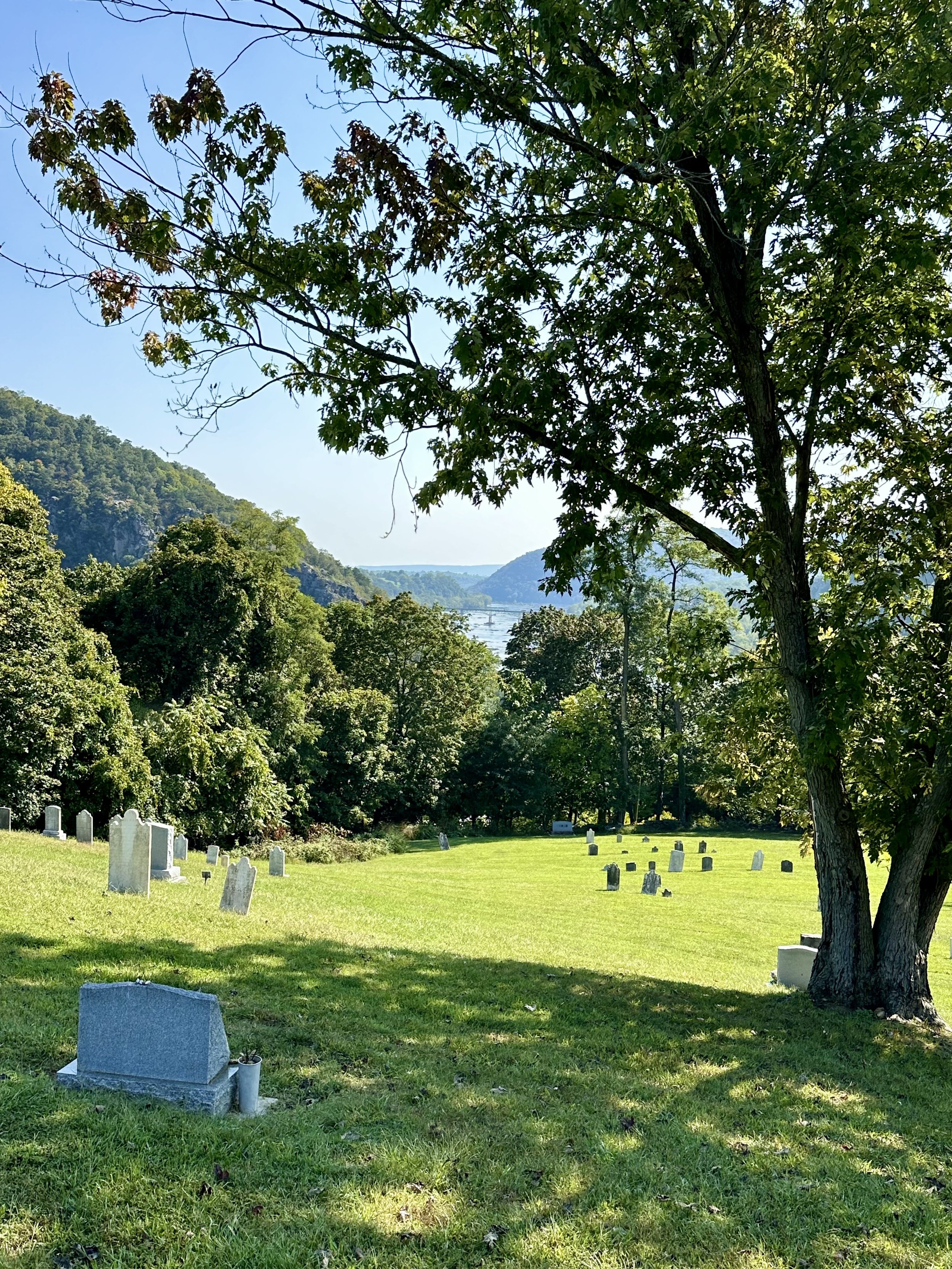

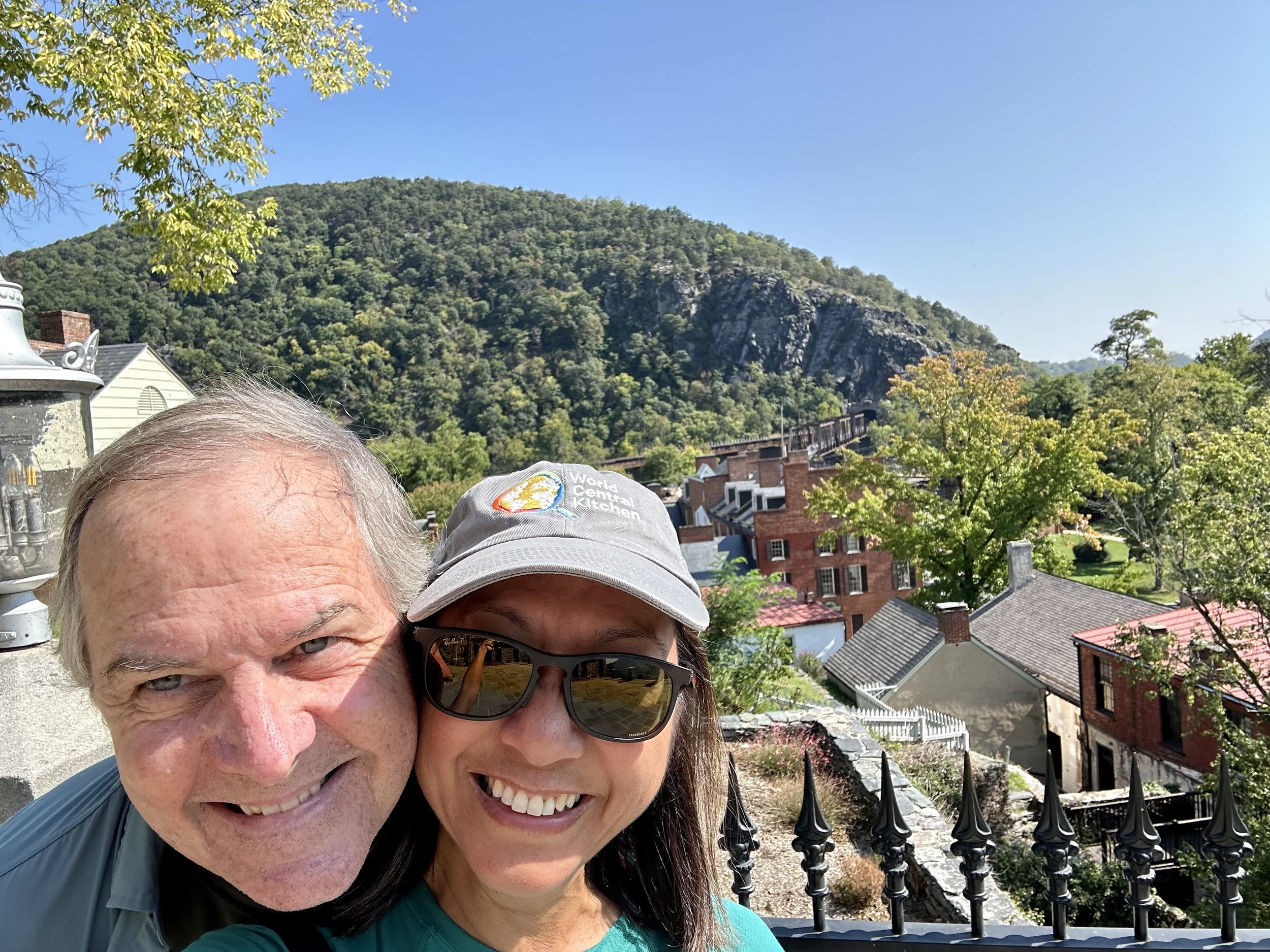
Fun Facts
The National Armory at Harpers Ferry was the site of significant innovations in weaponry: precision manufacturing of interchangeable parts, and the shape of the modern bullet.
The soldiers’ song “John Brown’s Body” directly inspired Julia Ward Howe to write “The Battle Hymn of the Republic.” Both songs used the same tune, an old folk hymn called “Say, Brothers.”
During the American Civil War, the town of Harpers Ferry was alternately occupied by Union and Confederate forces, changing sides 14 times.
John Brown’s Fort was rebuilt backwards, because builders were working from a photographic negative and didn’t realize it was reversed.
Thoughts
I vaguely remember learning about John Brown’s Raid in high school, and its significance in bringing about the American Civil War. What I don’t recall from U.S. History class, and what I find fascinating as an adult, is the controversy surrounding John Brown. He was an evangelical Christian who believed he had a sacred obligation to end slavery - a white man who believed in racial equality. He ultimately decided that violence was necessary to achieve justice, and 16 lives were lost in the raid, including two of his own sons. Brown paid for his crimes with his life. Was he a hero or a madman? Does the end ever justify the means? It’s a question that still resonates today, as our nation is once again polarized by race and politics.
The raid at Harpers Ferry was not John Brown’s first act of violence in the name of ending slavery. He and his sons killed five pro-slavery settlers in the Pottawatomie Massacre in 1856 - part of a state-level civil war called “Bleeding Kansas.” When we briefly visited Topeka, Kansas back in June, we stayed near the state capitol building. I wish we had taken time to go inside the capitol, because it contains a famous mural depicting John Brown at Pottawatomie, titled “Tragic Prelude.”
